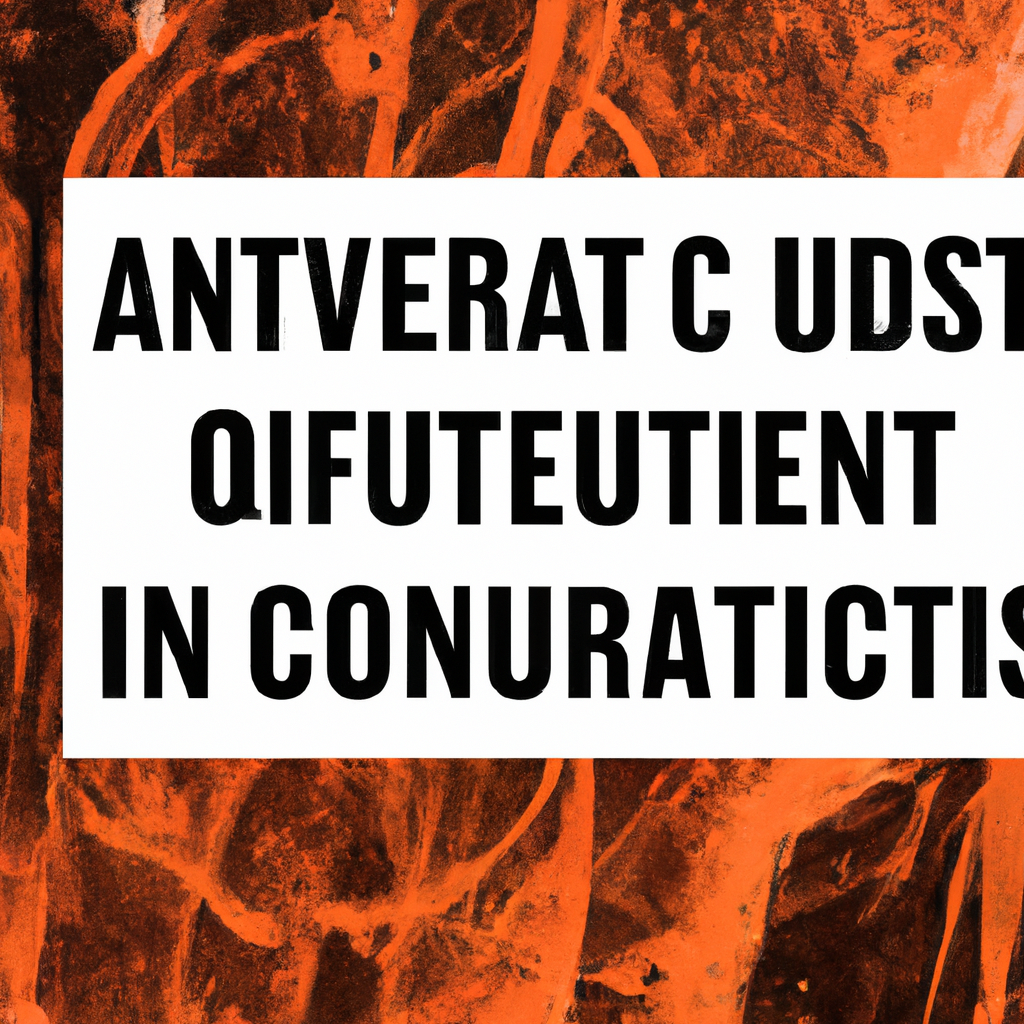
In the pulsating cultural heart of New York, where art flows through the veins of the cityscape almost as visibly as the thrumming subway beneath, Governor Ron DeSantis's recent decision casts a long and disconcerting shadow. The Florida governor's choice to veto $32 million in appropriations for various arts organizations has rippled far beyond the sunlit boundaries of his state, igniting conversations in galleries, theaters, and artistic spaces across the nation. At the core of his contentious decision lies a festival, which DeSantis describes as overly 'sexual,' thereby warranting the financial withdrawal from the arts community that had depended on this crucial funding.
In an era where cultural expression and freedom are more vital than ever, this move raises poignant questions about the delicate balance between community standards and artistic liberty. The blurred lines between what is deemed acceptable public expression and what is not appear now not just blurred, but aggressively redrawn. New York, a city revered for its avant-garde approach and unrestrained embrace of diverse voices, finds this drama particularly concerning. The incident dips into the reservoir of a broader dialogue about the role of government in art—a dialogue characterized not by the whispers of bystanders but by the passionate debates of those who hold the creation and appreciation of art as elemental to society.
While the direct impact of DeSantis’s veto might be localized to his jurisdiction, the ideological implications resonate on a broader scale. New York’s museums and cultural organizations, which perennially battle the economic oscillations and shifting political winds, watch these developments with a wariness born of experience. There’s an unspoken kinship among institutions of art and learning; a cutoff in one region is a psychic blow to the whole. This sense of solidarity finds itself weaving through discussions at exhibition openings, within the muted walls of museum boardrooms, and amongst the bustling café tables littered with sketches and scripts.
The deprivation of $32 million in intended funding is not merely a line item on a budget sheet; it is a potential stalling of cultural momentum. Each dollar withheld needles away at the possibilities: exhibitions unrealized, performances unpresented, and educational programs uninitiated. For a sector perpetually in need—rooted in as much practical financial demand as in the esoteric pursuit of beauty and interpretation—the repercussions are material as well as moral.
But New York, resilient in its cosmopolitan armor, finds in this story not just a moment of reflection but a call to action. It is a reminder of the city’s role as a protector and patron of the arts, a charge the city has worn with pride through centuries of cultural evolution. The dialogue, thus spurred by Florida’s governmental stance against what it perceives as excessive sexuality in artistic expression, transcends state lines, urging local patrons and policymakers to reaffirm their commitment to cultural investment. Here in New York, the conversation is not about if the arts should be supported, but how fervently.
As this controversial decision by Governor DeSantis circulates through the sinews of New York’s artistic body, it galvanizes a community known for its outspoken advocacy and vibrant creativity. For those who stroll through its lively streets, engage with its eclectic artworks, and ponder over late-night coffees in dimly-lit venues, the message is clear and the role defined. New York must continue to be what it has always been—a defiant beacon of cultural richness and relentless supporter of the arts, no matter the external pressures or shifting landscapes elsewhere.